Optimal Timing for Subfloor Repairs
Subfloor repairs are most effective when performed during periods of stable indoor conditions, typically in moderate weather. Timing can influence the longevity and quality of the repair, as fluctuating humidity and temperature can affect materials and adhesion.
Spring and fall often provide optimal conditions due to moderate humidity and temperatures, reducing the risk of material expansion or contraction.
Low humidity levels help prevent moisture-related issues, while consistent temperatures ensure proper curing of adhesives and materials.
Choosing a time when occupancy is low minimizes inconvenience and allows for thorough repairs without interference.
Extreme weather can compromise repair quality; thus, avoiding periods of high humidity or rapid temperature changes is advisable.
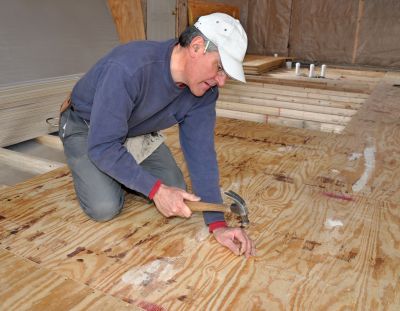
Technicians assess subfloor conditions before repairs.
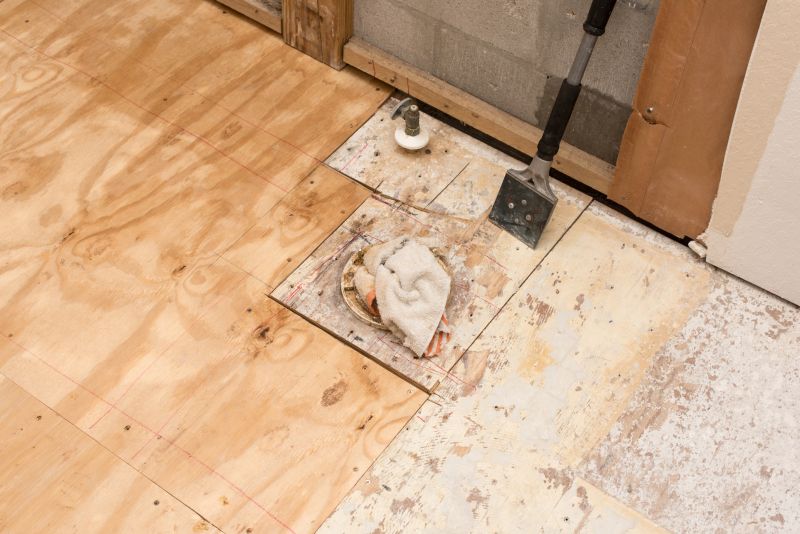
Work underway during optimal weather conditions.

Finished repair with restored stability.
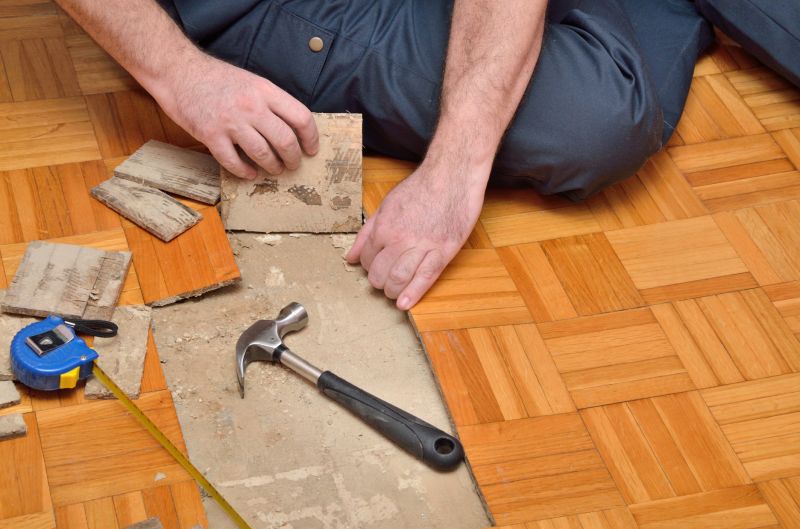
Ways to make Subfloor Repairs work in tight or awkward layouts.
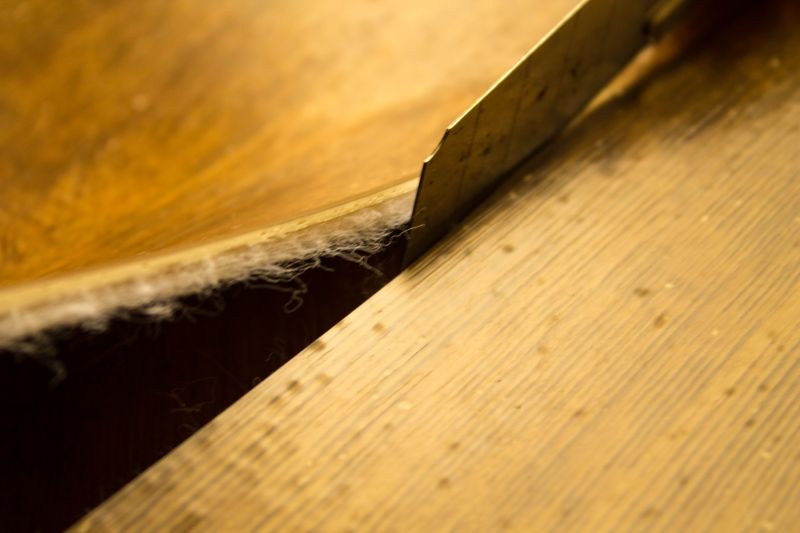
Popular materials for Subfloor Repairs and why they hold up over time.

Simple add-ons that improve Subfloor Repairs without blowing the budget.
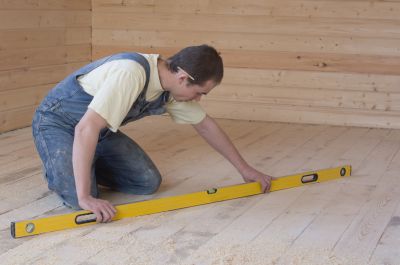
High-end options that actually feel worth it for Subfloor Repairs.
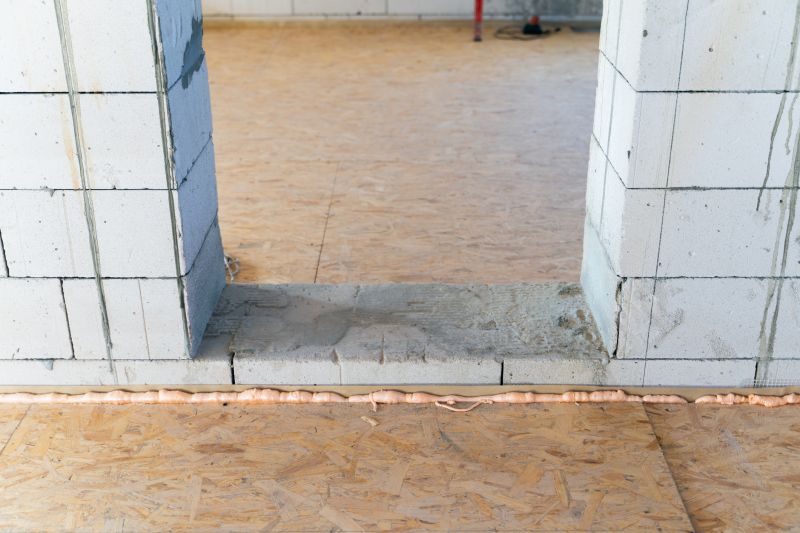
Finishes and colors that play nicely with Subfloor Repairs.
| Factor | Recommendation |
|---|---|
| Humidity levels | Maintain between 30-50% for best results |
| Temperature range | Optimal between 60-75°F (15-24°C) |
| Season | Spring or fall preferred |
| Occupancy schedule | Schedule during low occupancy periods |
| Weather conditions | Avoid during high humidity or extreme cold/warmth |
Subfloor repairs are critical for maintaining the structural integrity of flooring systems. They involve identifying damaged or weakened areas beneath the surface and restoring stability through specialized techniques. Proper timing ensures that repairs are durable and effective, reducing the likelihood of future issues. Statistics indicate that timely repairs can extend the lifespan of flooring by several years and prevent costly replacements.
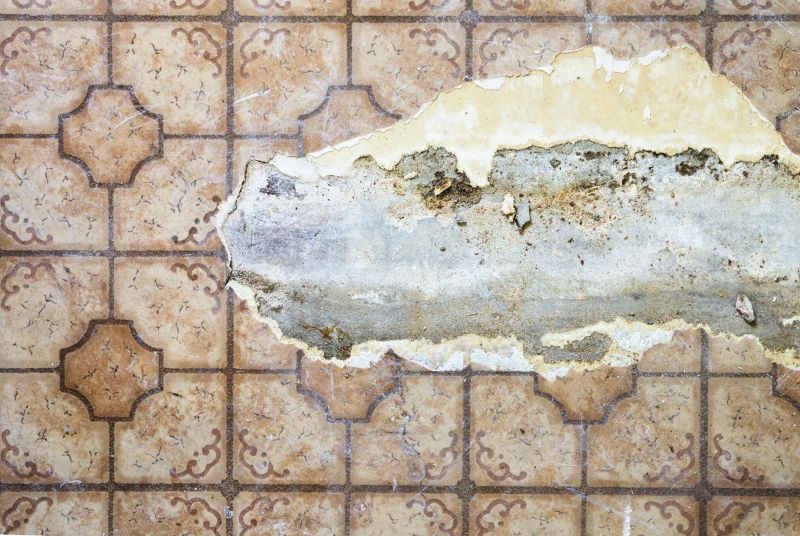
Visible signs of damage before repair.
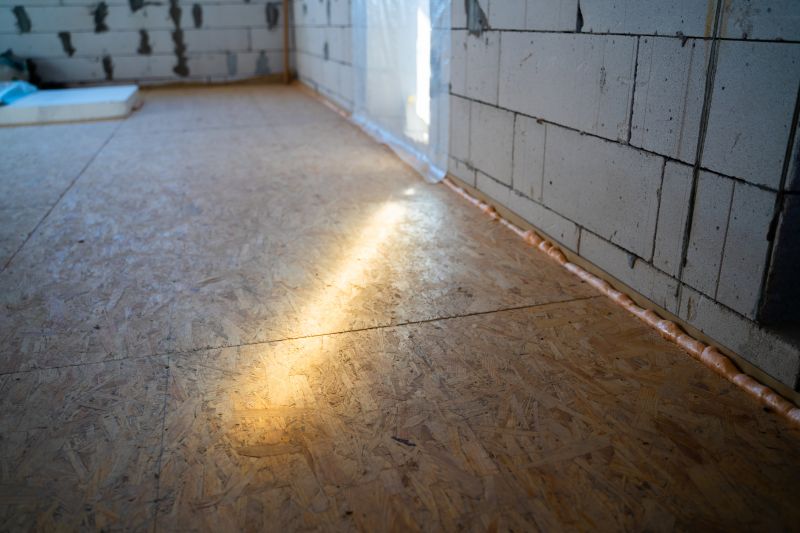
Materials used for effective subfloor restoration.
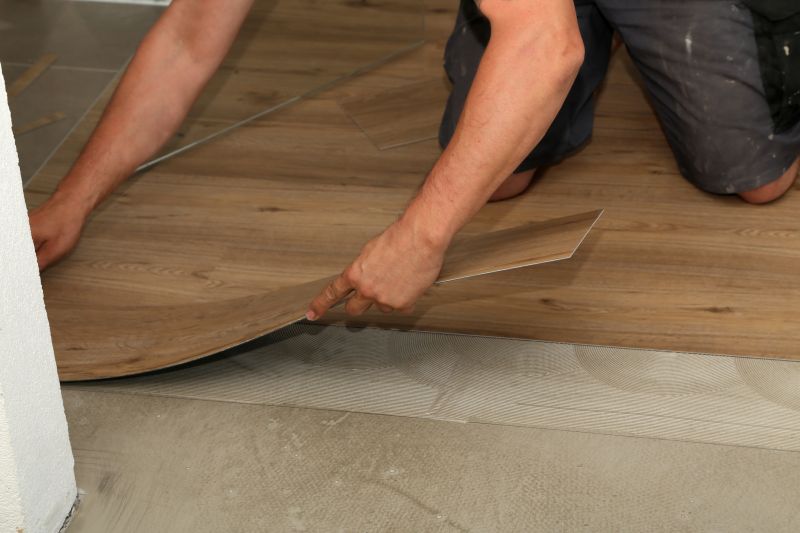
Post-repair reinforcement for durability.
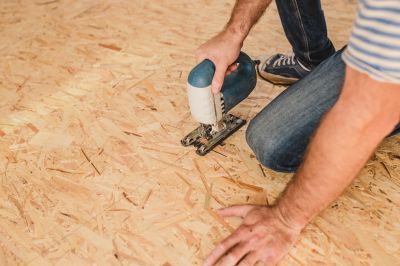
Ensuring quality after repairs are completed.
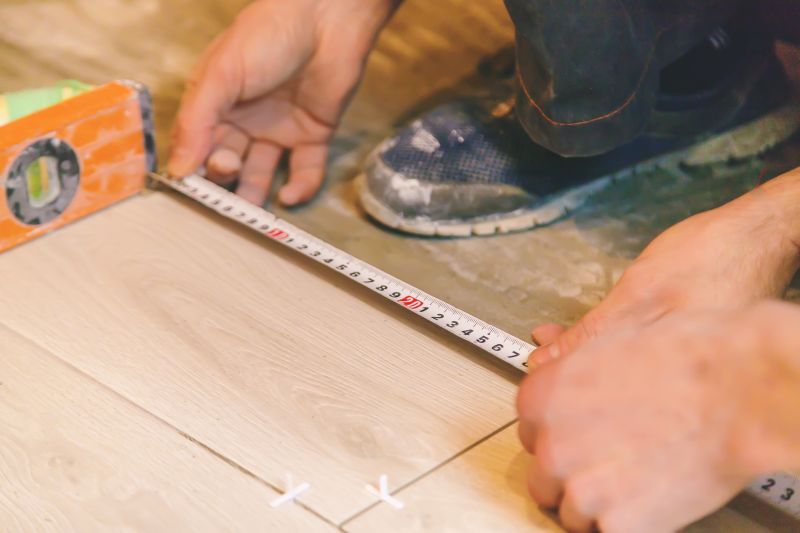
Little measurements that prevent headaches on Subfloor Repairs day.
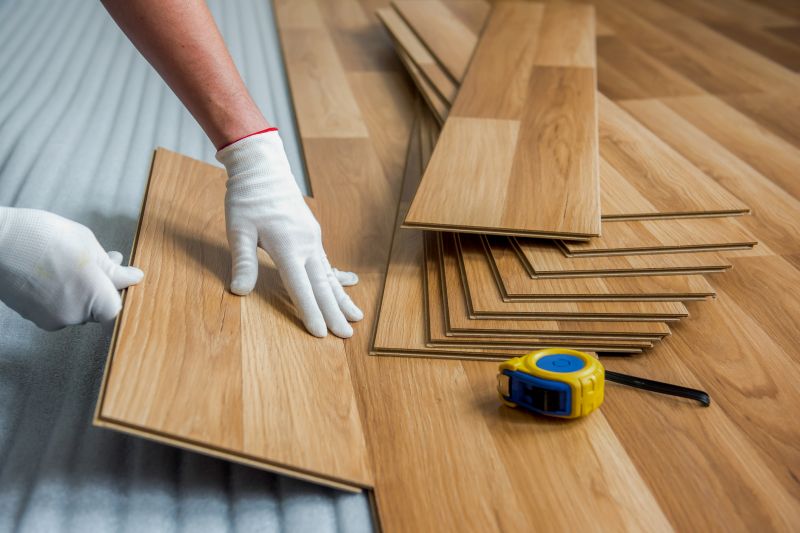
A 60-second routine that keeps Subfloor Repairs looking new.

A frequent mistake in Subfloor Repairs and how to dodge it.
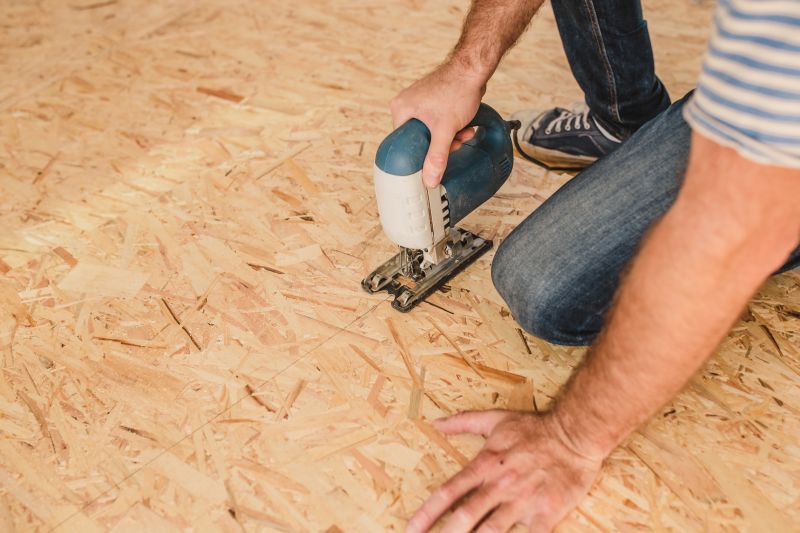
Small tweaks to make Subfloor Repairs safer and easier to use.
Interested in scheduling subfloor repairs? Filling out the contact form can provide more information and help plan repairs at the most suitable time. Proper timing and execution are essential for ensuring a long-lasting and stable flooring system.



